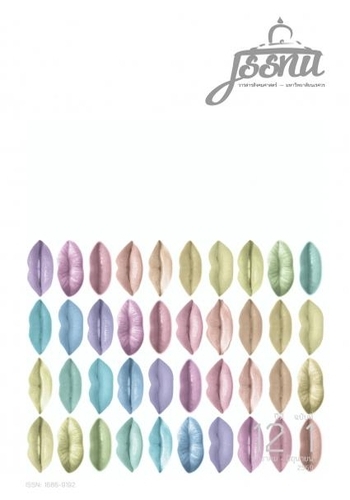“Queering” Thai Masculinities and Sexualities in Phi Mak Phra Khanong
Main Article Content
Abstract
Phi Mak Phra Khanong (2013), directed by Banjong Pisunthanakun, is the highest-grossing film in the history of the Thai film industry. The narrative, based on the famous Thai legend of Mae Nak, is a haunting love tale of Mak and Nak set about 100 years ago in a village called Phra Khanong in Bangkok. Upon Mak having to go to war, his pregnant wife, Nak, dies during childbirth. Without knowledge of his wife’s death, Mak returns to live with his ghost wife. An exorcist or, in some variations, a monk eventually shows up to banish her spirit from the living world. This well-known legend has been told and retold across the full spectrum of cultural storytelling, including via television series, films, stage plays, comic books, animated cartoons and a 3D motion picture. What distinguishes the 2013 film version is that the narration, as usually focuses on Nak’s point of view, is shifted to Mak’s perspective. This realignment opens up opportunities to discuss and rethink hegemonic masculinities as arise in Thailand. The film also ignores the traditional ending of the tale, whereupon the living and the dead are definitively separated. In this version, Mak and Nak clearly question, challenge and resist the norms of sexuality and the power of religion. The film therefore “queers” the contemporary standards and politics of Thai sexuality. It also brings down the charisma of the so-called Thai Buddhist beliefs and practices, suggesting a revision of the essence of religious teachings in Thai society.


